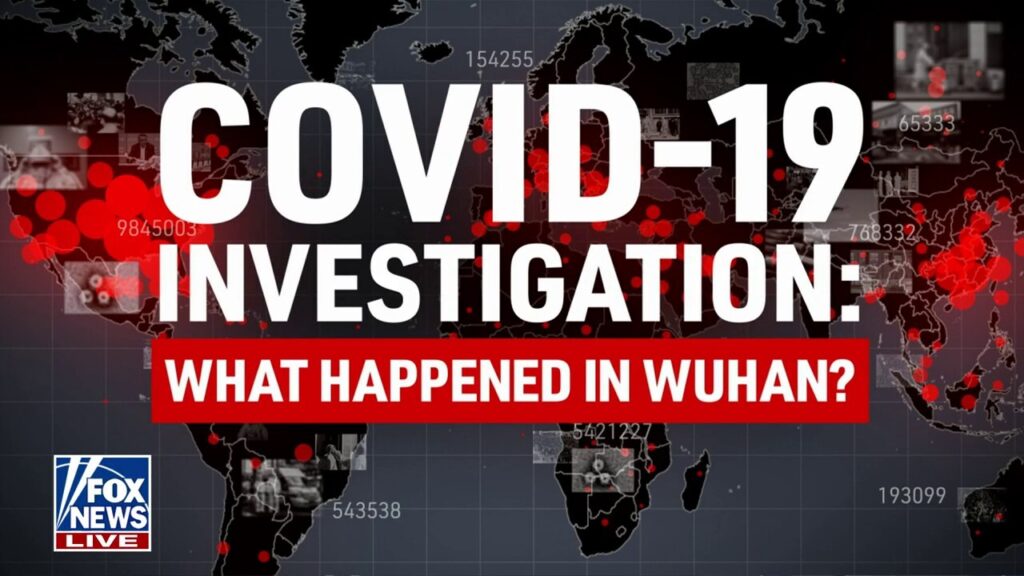Health experts are voicing concerns while new COVID-19 cases begin to reappear in several regions of the world. Even though the recent increase in infections is now small in breadth and less severe than other waves, epidemiologists, virologists, and public health officials around the world are alarmed. Their combined caution is clear: we need to act quickly to trace the origins, mutations, and patterns of transmission of these emerging cases before they blow up into something larger.
A Pattern of Resurgence
The COVID-19 virus has caught the world off guard before — and it may be repeating itself. Health officials have noted a dramatic increase in cases in recent weeks in China, India, and certain regions of Europe. Hospitalizations are still under control for the time being, but the rapidity of spread and potential for new strains are causing alarm.
Some of these cases seem to be linked to virus mutations that may be more adept than ever at evading the immune system. Others are showing signs that they began in areas that had been considered to have low risk. Most of the time, the symptoms are less severe or approach those of the common flu, which makes it harder to detect and increases the risk of community spread.
Delhi-based infectious diseases physician Dr. Aditi Mehra writes: “What we are seeing is a shift in the virus’s behavior. It may be changing again. To ignore this now would be to repeat the early errors of 2020.”
Why Investigate Now?
There is pressure to learn more about what is going on, but there is further pressure to get ready for what comes next. Experts in public health note that a timely study can be helpful in a number of important areas:
Distinguishing New Variants: Genome sequencing of new cases could determine if the virus has gained notable mutations that impact transmission, vaccine effectiveness, or severity of symptoms.
Tracking Source Points: Knowing where the virus is spreading from — whether a new spillover from animals or an undetected community chain — is crucial for containing it.
Adjusting Medical Responses: If the virus is behaving differently, treatments and public health alerts may have to be readjusted.
Preventing Public Panic: Governments can stop false information and panicked behavior by disseminating accurate information early on.
According to the World-Health-Organization (WHO), early study is crucial in order to “mitigate the risk of larger outbreaks and to maintain confidence in society through transparency and preparedness.”

What Are Scientists Searching For?
Existing research targets a number of directions. The first is genomic monitoring, with labs sequencing the virus’s RNA in new patients to monitor mutations. Some countries have already seen slight genetic variations; However, none have managed shown the Omicron or Delta variants’ explosive potential.
The second is epidemiological mapping — finding out where the cases are occurring and under what circumstances. Are the cases associated with certain places like markets, schools, or travel corridors? Are vaccine recipients affected, and to what level?
A third is animal-to-human transmission. In parts of rural regions, scientists are looking at livestock and wildlife for evidence of a virus reservoir — where COVID-19 may have evolved before leaping back to people.
Dr. Jonathan Reyes, a Médecins Sans Frontières global health advisor, cautions, “We can’t exclude zoonotic reintroduction. If the virus is quietly mutating in animals and gets back into people, we can expect new outbreaks that blindside us.”

Global Cooperation Is Key
Experts emphasize that pandemic fatigue should not turn into pandemic negligence. Although many countries have removed restrictions and turned attention elsewhere, It could be too expensive to stay naïve. A new outbreak — even if first contained — can overwhelm healthcare systems, destabilize economies, and reinstate travel and trade restrictions.
Experts demand fresh international cooperation in order to effectively address the current situation. Harmonized travel alerts, quick sequencing data releases, and open data sharing are necessary. Experience has showed that isolated methods are slow and ineffective.
The global health system, strengthened by earlier COVID-19 waves, now has more in its toolkit — in the form of increased vaccines, antivirals, and forecast analytics. However, without collaboration and early warning, even the best tools may not be enough.

Public Vigilance Still Counts
While governments and scientists work on the investigative front, the public has a crucial role in preventing further spread. Simple measures like wearing masks at large events, staying at home when ill, and keeping up with vaccinations continue to be successful.
Disinformation represents a threat too. Public health experts advise people to get information from only reliable sources, like the World-Health-Organization, national health ministries, & respectable medical facilities. Spreading false information on social media can incite anxiety or lead to risky behavior because it’s a two-edged sword.
